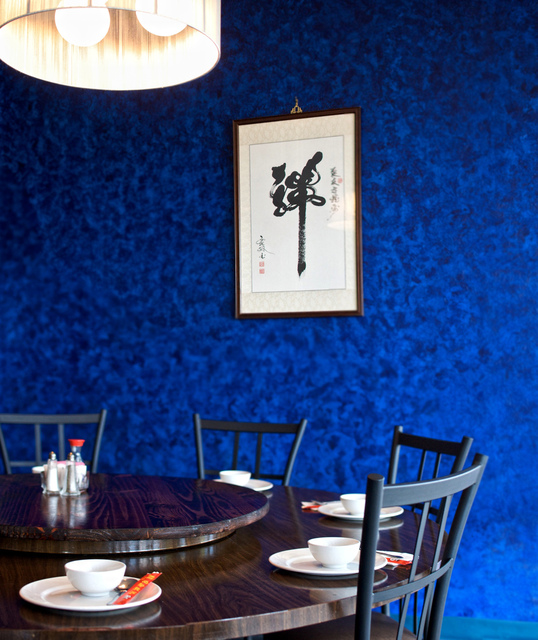Restaurant Review: Budai Gourmet Chines
It’ll Rub Your Belly The Right Way


Budai’s blue-walled dining room smells delicious.
Sergio Salvador salvadorphoto.com

Northern-style salt-and-pepper short ribs are on the secret menu. Eating them with Chinese beer is mandatory.
Sergio Salvador salvadorphoto.com









